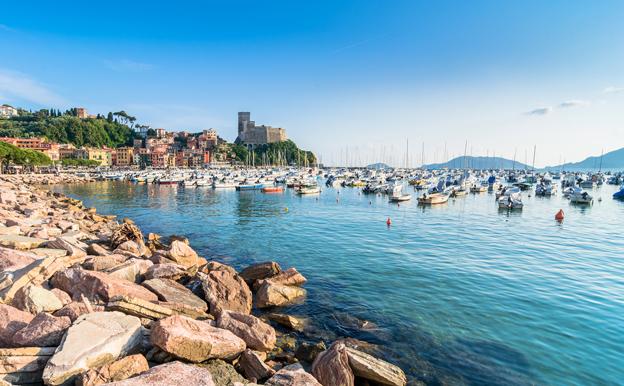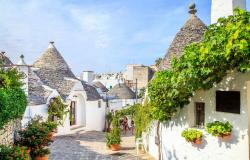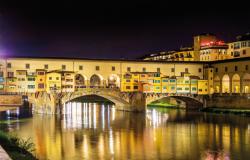Why is Liguria’s Gulf of La Spezia Known as the Bay of Poets?
ITA:

The Gulf of La Spezia is located at the easternmost point of the region of Liguria. It is part of the northern Tyrrhenian Sea, specifically the Ligurian Sea, and is named after the city of La Spezia, which is located at its middle point. At the western end of the gulf is Lerici and at the eastern end is Porto Venere, both popular tourist destinations.
But the Gulf of La Spezia is also known by another name: the Gulf of Poets. Its idyllic sea landscapes, beautiful beaches and a soothing nature have attracted artists and writers for a long time.
English writers Mary Shelley and Percy Bysshe Shelley lived in an isolated old boat house called Casa Magni, and anchored their sailing boat in Lerici. Their closest neighbors were the villagers of the tiny hamlet of San Terenzo. On 8 July 1822, as he was returning to Lerici from Livorno in his sailing boat, Percy Bysshe Shelley was caught in a sudden storm in the gulf and drowned. His corpse eventually washed up on the beach at Viareggio, located approximately halfway between Livorno and Lerici.
The bay was also popular with another English writer, a friend of the Shelleys: Lord Byron. He used to swim across the bay from Portovenere to visit Shelley. The so-called "Byron's Grotto" (Cala dell’Arpaia), located at the end of a promontory in Portovenere, below the 13th century Church of San Pietro, was named in honor of the poet because, according to a local legend, Byron meditated and drew inspiration for his literary works there.
Shelley and Byron were not the only writers mesmerized by the beauty of this corner of Liguria: long before them, Dante and Petrarch had loved the gulf. In more recent times, Italian painter Oreste Carpi spent many years in San Terenzo making hundreds of paintings and drawings reproducing the local landscapes, while Italian author Mario Soldati lived in the small fishing village of Tellaro.
Il Golfo di La Spezia si trova nella parte più orientale della regione Liguria. Fa parte del Tirreno settentrionale, più specificamente del Mar Ligure, e prende il nome dalla città di La Spezia, che si trova nel suo punto centrale. All'estremità occidentale del golfo si trova Lerici e nella parte orientale Porto Venere, entrambe popolari destinazioni turistiche.
Ma il Golfo di La Spezia è conosciuto anche con un altro nome: Golfo dei Poeti. I suoi paesaggi marini idilliaci, le belle spiagge e una natura rilassante hanno a lungo attirato artisti e scrittori.
Gli scrittori inglesi Mary Shelley e Percy Bysshe Shelley vivevano in una casa isolata, Casa Magni, ricavata da una vecchia barca, e tenevano ancorata la loro barca a vela a Lerici. I loro vicini più prossimi erano gli abitanti del piccolo borgo di San Terenzo. L'8 luglio 1822, mentre stava tornando a Lerici da Livorno sulla sua barca a vela, Percy Bysshe Shelley si trovò nel mezzo di una tempesta improvvisa nel Golfo e annegò. Il suo corpo fu poi ritrovato sulla spiaggia di Viareggio, a circa metà strada tra Livorno e Lerici.
La baia era molto amata anche da un altro scrittore inglese, un amico degli Shelley: Lord Byron. Byron aveva l'abitudine di nuotare da Portovenere attraverso la baia per andare a trovare Shelley. La cosiddetta "Grotta di Byron" (Cala dell'Arpaia), che si trova alla fine di un promontorio a Portovenere, sotto la Chiesa di San Pietro risalente al 13° secolo, è stata così rinominata in suo onore perché, secondo una leggenda locale, Byron meditava e trasse ispirazione per molte delle sue opere letterarie proprio lì.
Shelley e Byron non furono gli unici scrittori incantati dalla bellezza di questo angolo di Liguria: molto prima di loro, Dante e Petrarca avevano amato il golfo. In tempi più recenti, il pittore italiano Oreste Carpi trascorse molti anni a San Terenzo dove realizzò centinaia di dipinti e disegni che riproducevano i paesaggi locali, mentre l’autore italiano Mario Soldati viveva nel villaggio di pescatori di Tellaro.











